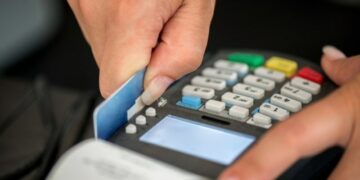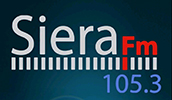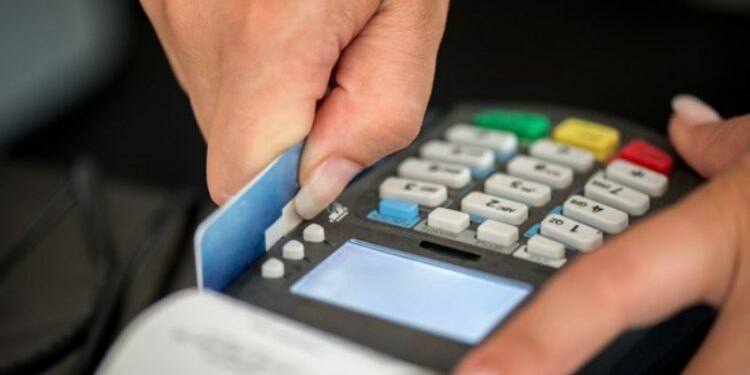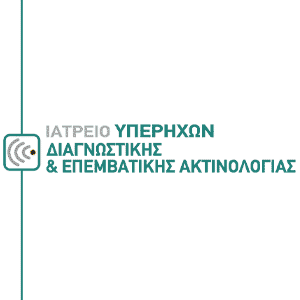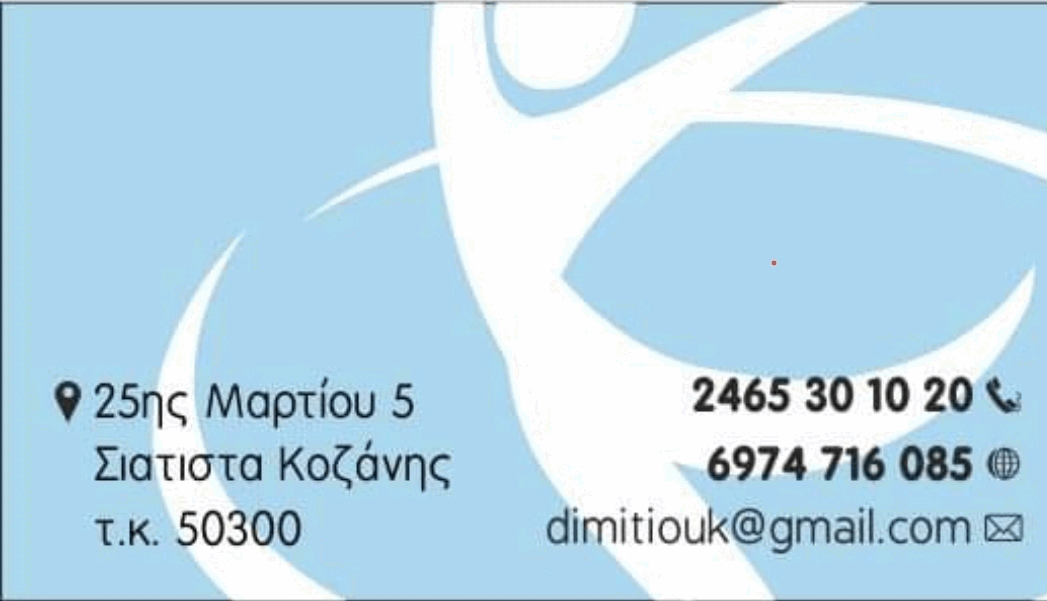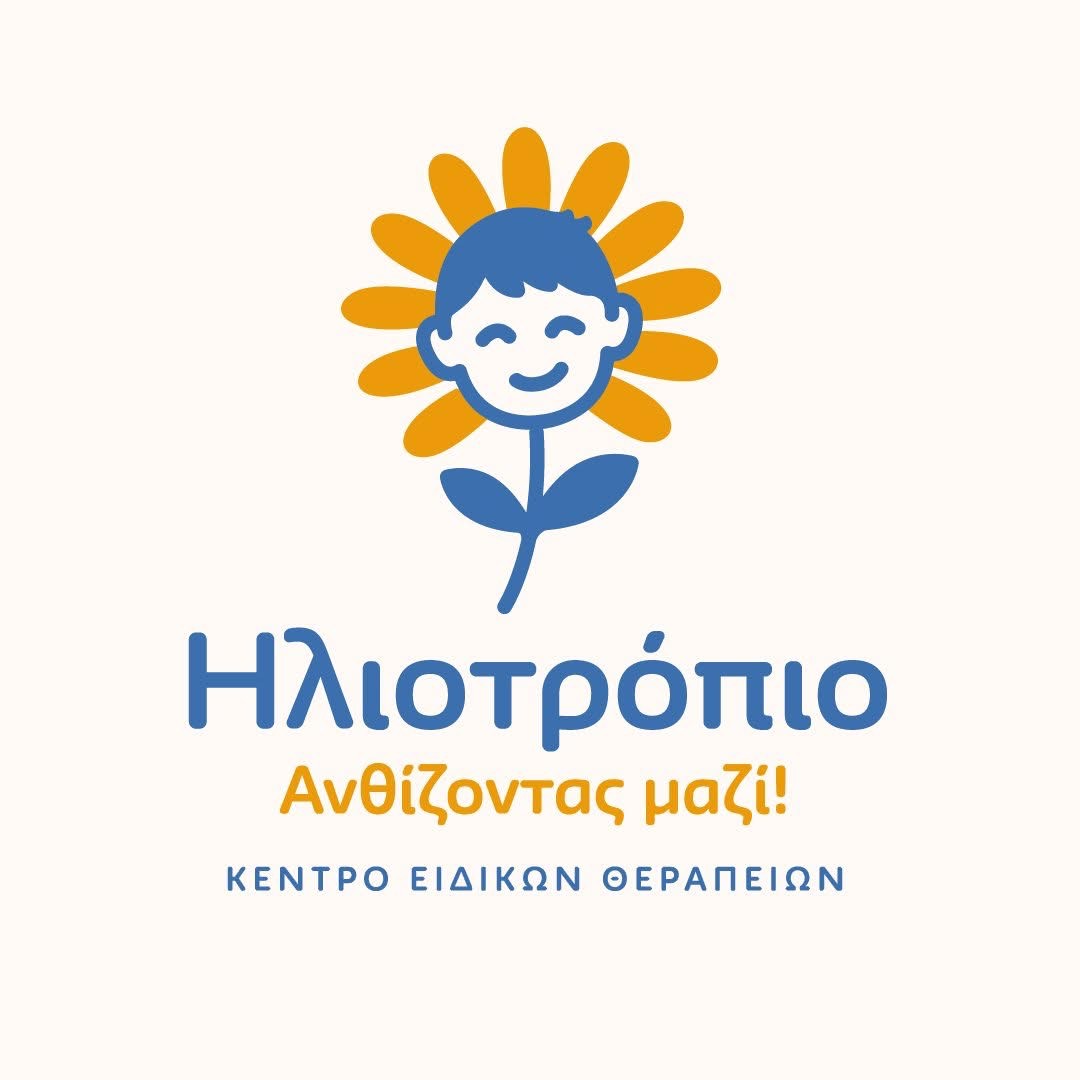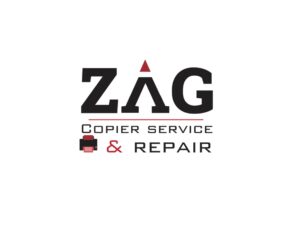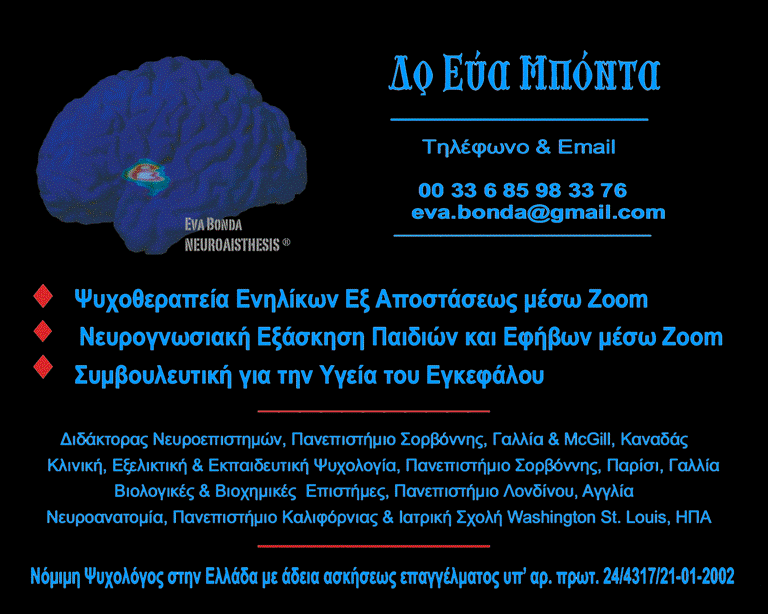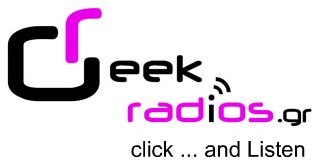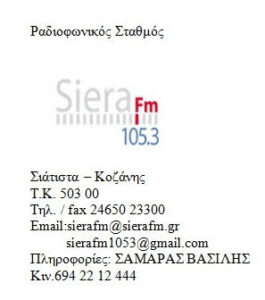Από τον προσεχή Ιανουάριο και έως το 2025 το 30% των δαπανών που πραγματοποιούνται με ηλεκτρονικά μέσα πληρωμής προς συγκεκριμένους επαγγελματικούς κλάδους θα εκπίπτουν από το φορολογητέο εισόδημα των φυσικών προσώπων.
Ποδαρικό θα κάνει η νέα χρονιά με την παροχή έξτρα κινήτρων στους φορολογούμενους προκειμένου να προχωρούν σε ηλεκτρονικές συναλλαγές, ώστε να χτυπηθεί περαιτέρω η φοροδιαφυγή.
Από τον Ιανουάριο του 2022 και έως το 2025, το 30% των δαπανών που πραγματοποιούνται με ηλεκτρονικά μέσα πληρωμής προς συγκεκριμένους επαγγελματικούς κλάδους θα εκπίπτουν από το φορολογητέο εισόδημα των φυσικών προσώπων, ενώ ιατρικά έξοδα τα οποία θα εξοφλούνται με τον ίδιο τρόπο θα μετρούν διπλά στον υπολογισμό του ορίου 30% του εισοδήματος.
Μέχρι στιγμής, στη λίστα με τα επαγγέλματα που θα δίνουν επιπλέον κίνητρο για τους πολίτες να ζητούν αποδείξεις προκειμένου να μειώσουν το φορολογητέο εισόδημα περιλαμβάνονται 18 ειδικότητες, αλλά θα προστεθούν και νέες ειδικότητες από κλάδους που εκτιμάται ότι κρύβουν υψηλή φοροδιαφυγή. Το υπουργείο Οικονομικών επιδιώκει να τονώσει περαιτέρω τις ηλεκτρονικές συναλλαγές, καθώς αποδεικνύεται ότι φέρνουν και πρόσθετα φορολογικά έσοδα στα δημόσια ταμεία.
Μέσα από 8 ερωτήσεις-απαντήσεις το imerisia.gr αποκωδικοποιεί το νέο καθεστώς για τις ηλεκτρονικές συναλλαγές, το οποίο θα ισχύσει από την 1η Ιανουαρίου του 2022.
1. Ποια κίνητρα θα δώσει το υπουργείο Οικονομικών για να καταπολεμήσει την φοροδιαφυγή;
Το 30% των δαπανών που πραγματοποιούν οι φορολογούμενοι με ηλεκτρονικά μέσα πληρωμής προς συγκεκριμένους επαγγελματικούς κλάδους και μέχρι του ποσού των 5.000 ευρώ ετησίως θα εκπίπτει από το φορολογητέο εισόδημα. Το μέτρο αυτό ενεργοποιείται από τον Ιανουάριο του 2022 και θα ισχύει μέχρι και το 2025. Με το συγκεκριμένο μέτρο οι φορολογούμενοι που θα ζητούν και θα παίρνουν αποδείξεις από συγκεκριμένους επαγγελματίες θα μπορούν να γλιτώνουν φόρο έως 450 ευρώ αν έχουν ετήσιο εισόδημα μέχρι 10.000 ευρώ, έως 1.100 ευρώ αν έχουν ετήσιο εισόδημα από 10.000 έως 20.000 ευρώ, έως 1.400 ευρώ για εισόδημα από 20.000 έως 30.000 ευρώ, έως 1.800 ευρώ για εισόδημα από 30.000 έως 40.000 ευρώ και έως 2.200 ευρώ αν το ετήσιο εισόδημά τους υπερβαίνει τα 40.000 ευρώ.
2. Για ποια επαγγέλματα θα παρέχονται τα έξτρα κίνητρα;
Η ΑΑΔΕ θα εισηγηθεί στο υπουργείο Οικονομικών τους κλάδους για τους οποίους θα παρέχονται έξτρα κίνητρα στους φορολογούμενους. Στη λίστα των επαγγελματιών για τους οποίους θα ισχύει το κίνητρο αναμένεται να περιλαμβάνονται: Δικηγόροι, αρχιτέκτονες, ιδιωτικοί ερευνητές, εργολάβοι κηδειών και καύσης νεκρών, εργολάβοι κλιματισμού, θέρμανσης και υδραυλικών, νοσηλευτές, νοσηλεύτριες-αποκλειστικές, ξυλουργοί, συνεργεία καθαρισμού και συντήρησης κτιρίων, επαγγελματίες που παρέχουν υπηρεσίες φροντίδας παιδιών, γραφεία ενοικίασης πολυτελών αυτοκινήτων, οδηγοί ταξί, επιδιορθωτές ρούχων και άλλων υφασμάτων, επιχειρήσεις ενοικίασης αυτοκινήτων και σκαφών αναψυχής, ψυκτικοί και επισκευαστές εγκαταστάσεων ψύξης, επαγγελματίες που παρέχουν συμβουλευτικές υπηρεσίες, φωτογράφοι, εργολάβοι σκυροδέματος.
3. Τι κερδίζει ένας φορολογούμενος με τις συγκεκριμένες συναλλαγές;
Ενας φορολογούμενος που έχει, για παράδειγμα, ετήσιο φορολογητέο εισόδημα 15.000 ευρώ πληρώνει με κάρτα ή μέσω e-banking αμοιβή ύψους 5.000 ευρώ σε ελεύθερο επαγγελματία. Το 30% της δαπάνης των 5.000 ευρώ -δηλαδή 1.500 ευρώ- θα αφαιρείται από το φορολογητέο εισόδημά του, το οποίο περιορίζεται σε 13.500 ευρώ. Για το εισόδημα των 15.000 ευρώ θα πλήρωνε φόρο 2.000 ευρώ, ενώ για το εισόδημα των 13.500 ευρώ μετά την αφαίρεση του 30% των δαπανών θα πληρώσει 1.670 ευρώ. Δηλαδή θα γλιτώσει φόρο 330 ευρώ.
Άλλος φορολογούμενος με ετήσιο φορολογητέο εισόδημα 20.000 ευρώ καταβάλλει με ηλεκτρονικό τρόπο σε επαγγελματίες συνολικά 8.000 ευρώ. Το 30% της δαπάνης -δηλαδή 2.400 ευρώ- αφαιρείται από το φορολογητέο εισόδημά του, με αποτέλεσμα να μειωθεί στα 17.600 ευρώ. Ο φόρος που θα πληρώσει ανέρχεται σε 2.572 ευρώ, ενώ χωρίς την έκπτωση θα πλήρωνε 3.100 ευρώ, δηλαδή το κέρδος ανέρχεται σε 528 ευρώ.
4. Τι δεν περιλαμβάνεται στον υπολογισμό του πραγματικού εισοδήματος;
Στον υπολογισμό του πραγματικού εισοδήματος δεν περιλαμβάνονται το ποσό της ειδικής εισφοράς αλληλεγγύης, το ποσό της διατροφής που δίδεται από τον φορολογούμενο στον/στη διαζευγμένο/η σύζυγο ή σε μέρος συμφώνου συμβίωσης ή/και σε εξαρτώμενο τέκνο του, εφόσον αυτό καταβάλλεται με ηλεκτρονικά μέσα πληρωμής.
5. Ποιες αποδείξεις θα μετρούν διπλά;
Τα ετήσια έξοδα που πραγματοποιεί κάθε φυσικό πρόσωπο για ιατρικές επισκέψεις, πλην της αγοράς φαρμάκων και της νοσηλείας σε νοσοκομεία, θα «μετρούν» εις διπλούν για την κάλυψη του 30% του ετησίου πραγματικού εισοδήματος με ηλεκτρονικές δαπάνες. Με το μέτρο αυτό οι φορολογούμενοι διευκολύνονται στην κάλυψη του 30% του εισοδήματός τους με δαπάνες που γίνονται με ηλεκτρονικό χρήμα και θα μπορούν να αποφύγουν το πέναλτι φόρου 22% στην περίπτωση που δεν θα μπορούν να συγκεντρώσουν το απαιτούμενο ποσό ηλεκτρονικών αποδείξεων.
6. Ποιο είναι σε αυτή την περίπτωση το όφελος για έναν φορολογούμενο;
Για παράδειγμα, αμοιβή 150 ευρώ για ιατρική επίσκεψη, εφόσον εξοφλείται μέσω πιστωτικής ή χρεωστικής κάρτας, θα μετρά ως δαπάνη 300 ευρώ για την κάλυψη του 30% του εισοδήματος.
7. Ποιο είναι το υφιστάμενο καθεστώς για τις ηλεκτρονικές αποδείξεις;
Με βάση το υφιστάμενο καθεστώς, το απαιτούμενο ποσό δαπανών με ηλεκτρονικά μέσα πληρωμής για κάθε φορολογικό έτος ορίζεται σε ποσοστό 30% του πραγματικού εισοδήματος, που προκύπτει στην ημεδαπή ή/και στην αλλοδαπή και προέρχεται από μισθωτή εργασία και συντάξεις, από επιχειρηματική δραστηριότητα και από ακίνητη περιουσία και μέχρι 20.000 ευρώ δαπανών. Για τους φορολογούμενους οι οποίοι θα συγκεντρώσουν μικρότερα ποσά δαπανών με πλαστικό χρήμα, προβλέπεται πρόσθετος φόρος με συντελεστή 22% στη διαφορά ανάμεσα στις απαιτούμενες και τις καταγεγραμμένες δαπάνες.
8. Λόγω της πανδημίας για τους πληγέντες είχαν παγώσει τα ποσοστά ηλεκτρονικών συναλλαγών που έπρεπε να καλύψουν με το εισόδημά τους. Τι ισχύει φέτος;
Το σύνολο των φορολογουμένων έχει την υποχρέωση να καλύψει έως τις 31-12-2021 τα ποσά που απομένουν μέχρι οι ηλεκτρονικά εξοφληθείσες δαπάνες τους για αγορές αγαθών και λήψη υπηρεσιών να φθάσουν το 30% επί των εκτιμώμενων ποσών ετήσιου εισοδήματος για το 2021. Εάν υπάρξει κάποια μίνι παρέμβαση για ορισμένες κατηγορίες φορολογούμενων θα αποφασισθεί τον προσεχή Φεβρουάριο, αφού προηγουμένως εξετασθούν τα στατιστικά δεδομένα που θα λάβει το οικονομικό επιτελείο από τις τράπεζες προκειμένου να διαπιστωθεί το μέγεθος της «ζημιάς» για τους πληγέντες.
Πηγή: imerisia.gr
